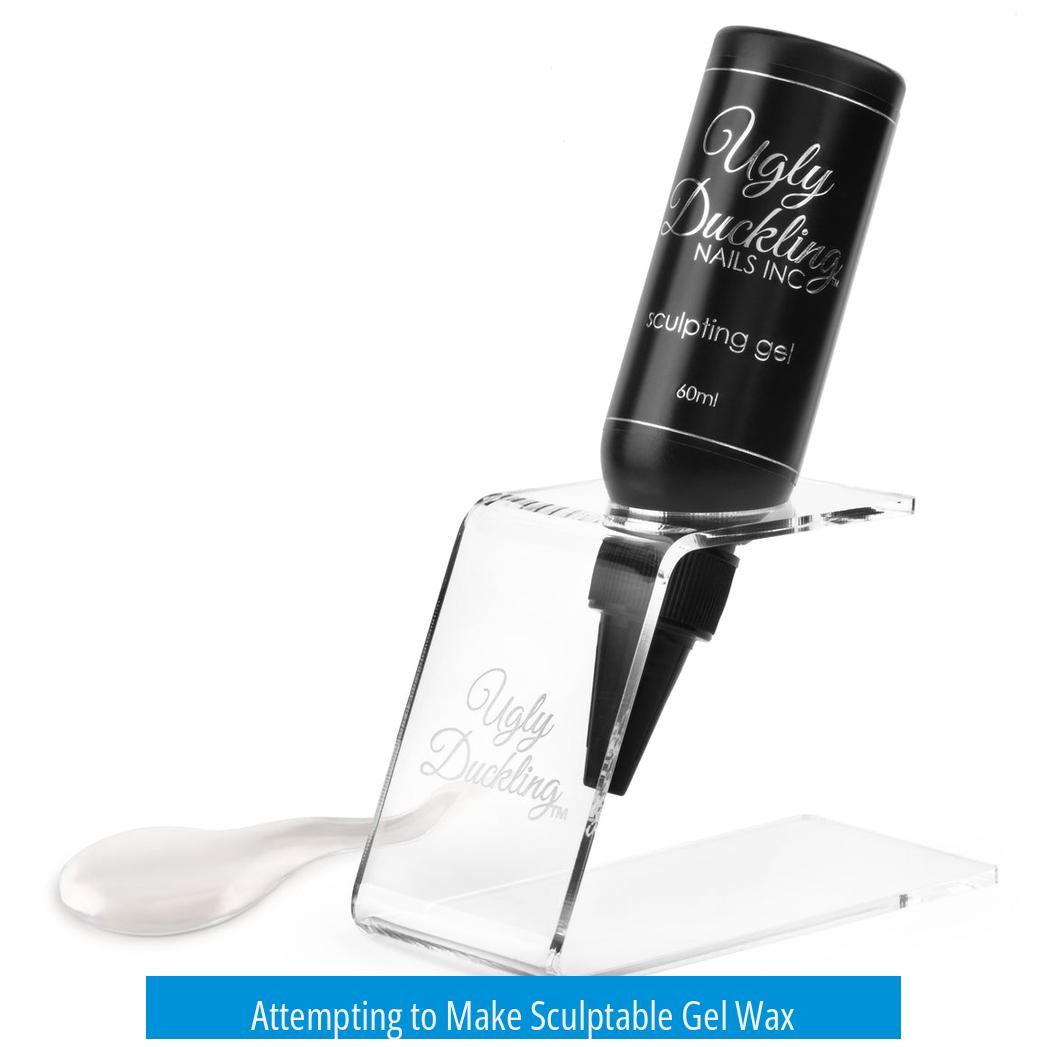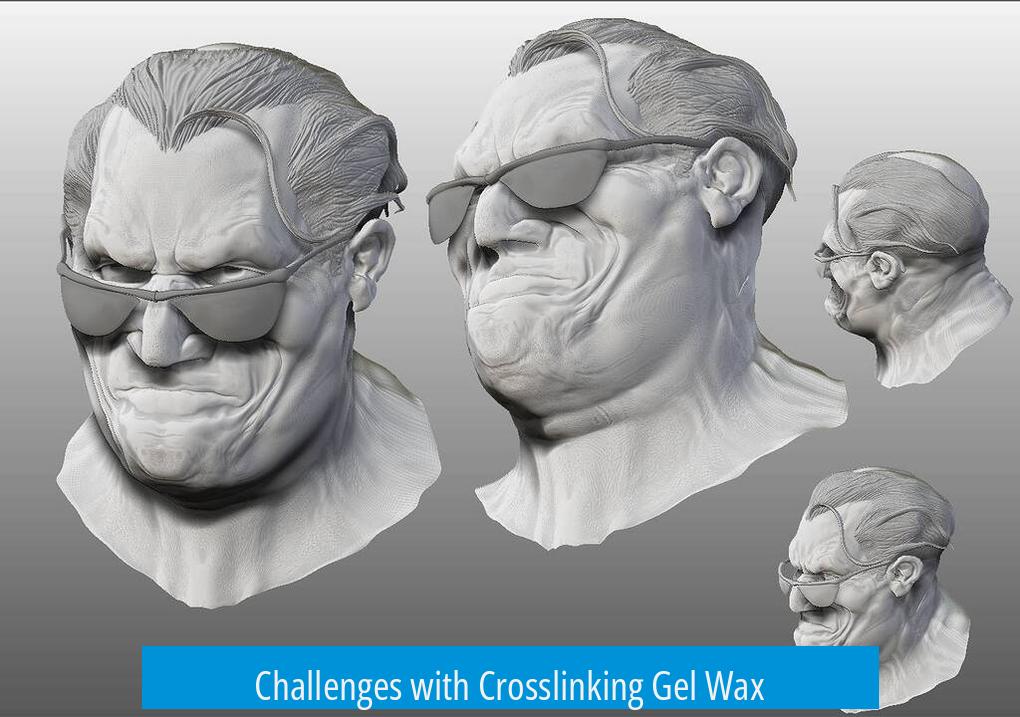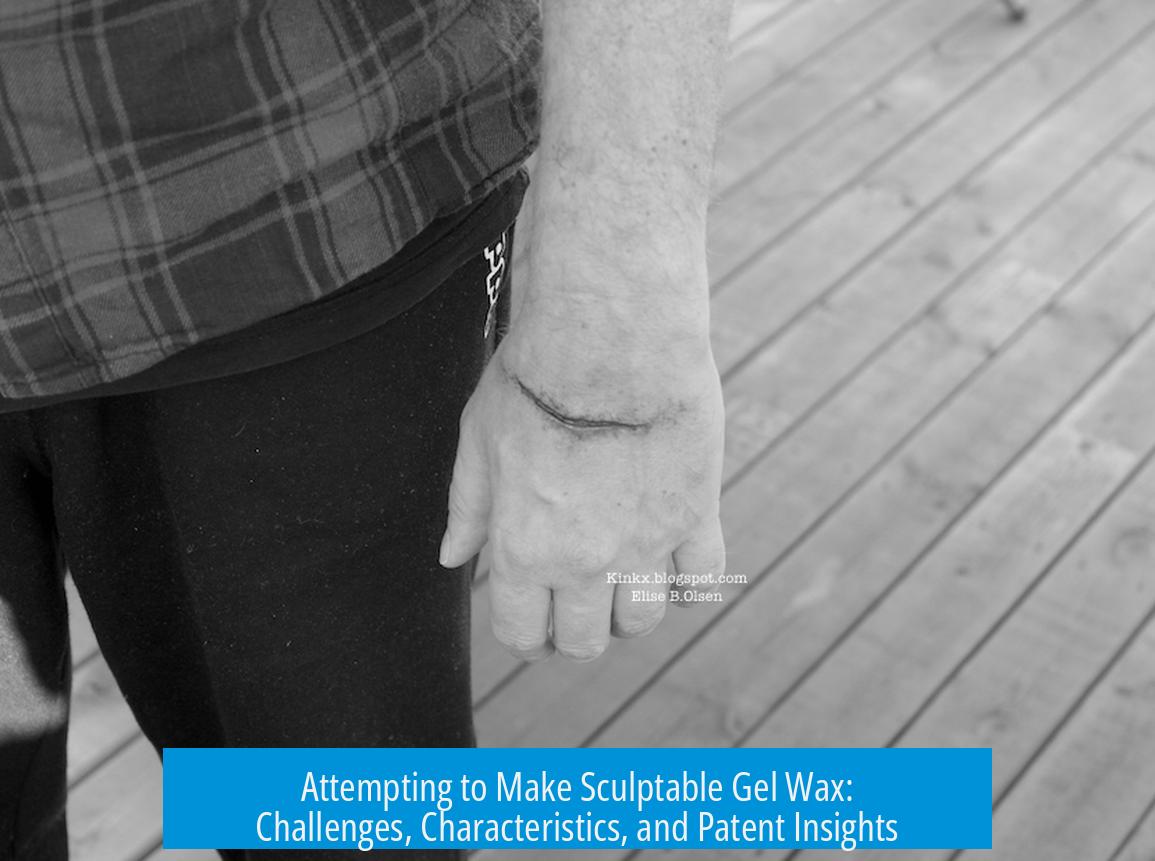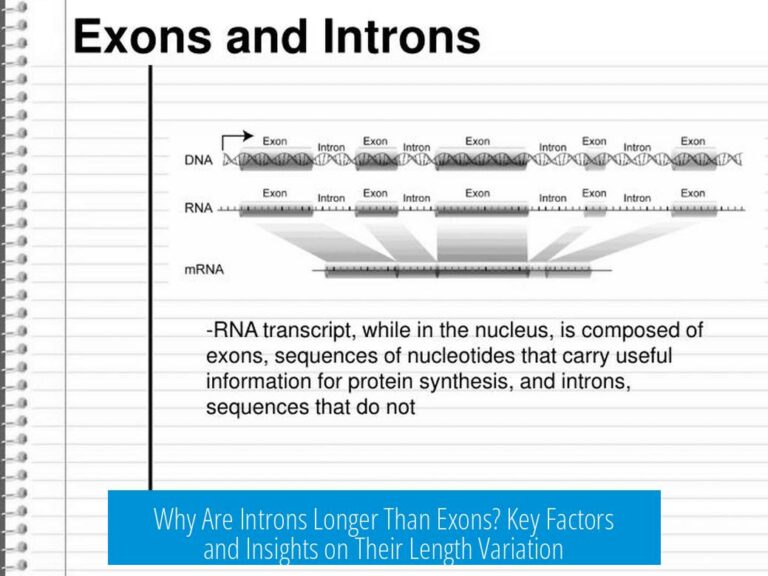Attempting to Make Sculptable Gel Wax

Sculptable gel wax requires a specific formulation to maintain clarity, moldability, and thermal properties without phase separation or opacity.
Challenges with Crosslinking Gel Wax

Adding boric acid to crosslink melted gel wax with microcrystalline wax causes phase separation. This separation forms microscopic wax droplets or vesicles dispersed in the gel matrix.
These droplets scatter light, turning the gel wax opaque white rather than transparent. This effect compromises the clear appearance essential for sculptable gel wax products.
Defining the Desired Product Characteristics
Clarity on the target product properties is crucial before attempting fabrication. Key factors include:
- Moldability: Is a gel-like, pliable substance desired, resembling plasticine or slime?
- Thermo-melt behavior: Should the material be shapeable when cold and melt upon heating, like hot melt glue?
- Thermo-set resin: Is irreversible hardening after a triggering event required?
- Candle function: Must the material support a wick and burn safely?
Each characteristic demands a different chemical approach and affects ingredient selection and processing.
Patent Insights: Using Kraton® Polymers for Transparent Gel Candles
A notable solution lies in the patented use of Kraton® G series polymers. These thermoplastic elastomers act as gelling agents to create transparent gel candles.
The patent (US5879694A) highlights how polymer grade and concentration control consistency, enabling textures from soft “Jello®”-like gels to strong elastic rubbery solids. This flexibility aids in sculptability and clarity.
Incorporating these polymers can yield clear, moldable, thermoplastic gel wax suitable for decorative, functional use with wicks.
Summary
- Boric acid crosslinking causes wax droplet formation and opacity in gel wax.
- Clarifying desired material properties (moldability, thermal behavior, candle use) guides formulation.
- Kraton® G series polymers provide adjustable transparency and texture for sculptable gel wax.
Q1: Why does mixing boric acid with gel wax and microcrystalline wax make the wax opaque?
Boric acid causes phase separation in the mixture. This forms tiny wax droplets or vesicles inside the wax. These droplets scatter light, making the gel wax appear white and opaque instead of clear.
Q2: What kind of sculptable gel wax can I aim to make?
There are several types: a clear gel you can mold like slime, a thermo-melt plastic that softens when heated, a thermo-set resin that hardens permanently after curing, or a gel suitable for candles with wicks. Defining the goal helps select ingredients.
Q3: How can I make clear gel candles that can be sculpted?
Consider using Kraton® G series polymers as gelling agents. They can create transparent gel wax with textures from soft jelly to rubbery. This approach is documented in a patent focused on transparent gel candle production.
Q4: Can I use boric acid to create a strong, clear, and sculptable gel wax?
No, boric acid causes wax droplets that scatter light in the wax. This scattering leads to opacity and loss of clarity, making it unsuitable for clear sculptable gel wax.
Q5: Where can I find detailed methods for making transparent gel wax?
The US Patent 5879694A provides detailed instructions on making transparent gel candles. It highlights using Kraton® polymers that allow control over gel strength and clarity. This patent is a valuable resource for developing sculptable gel wax.





Leave a Comment